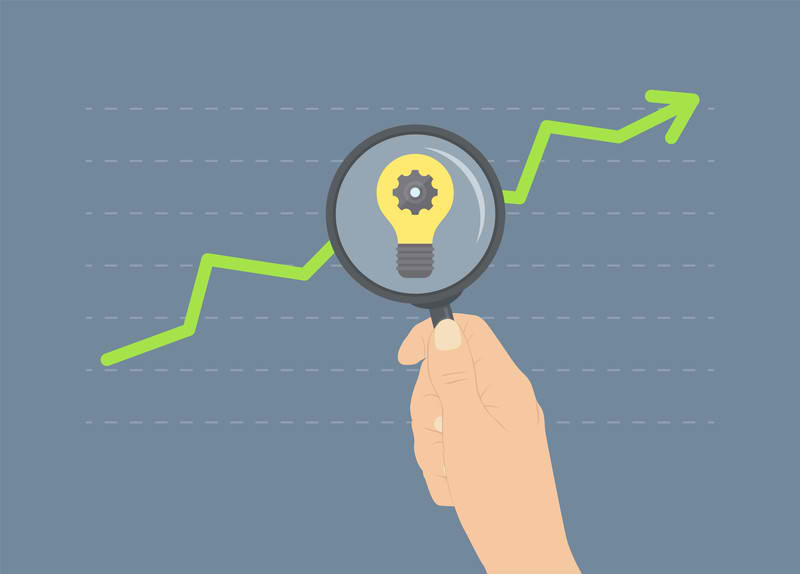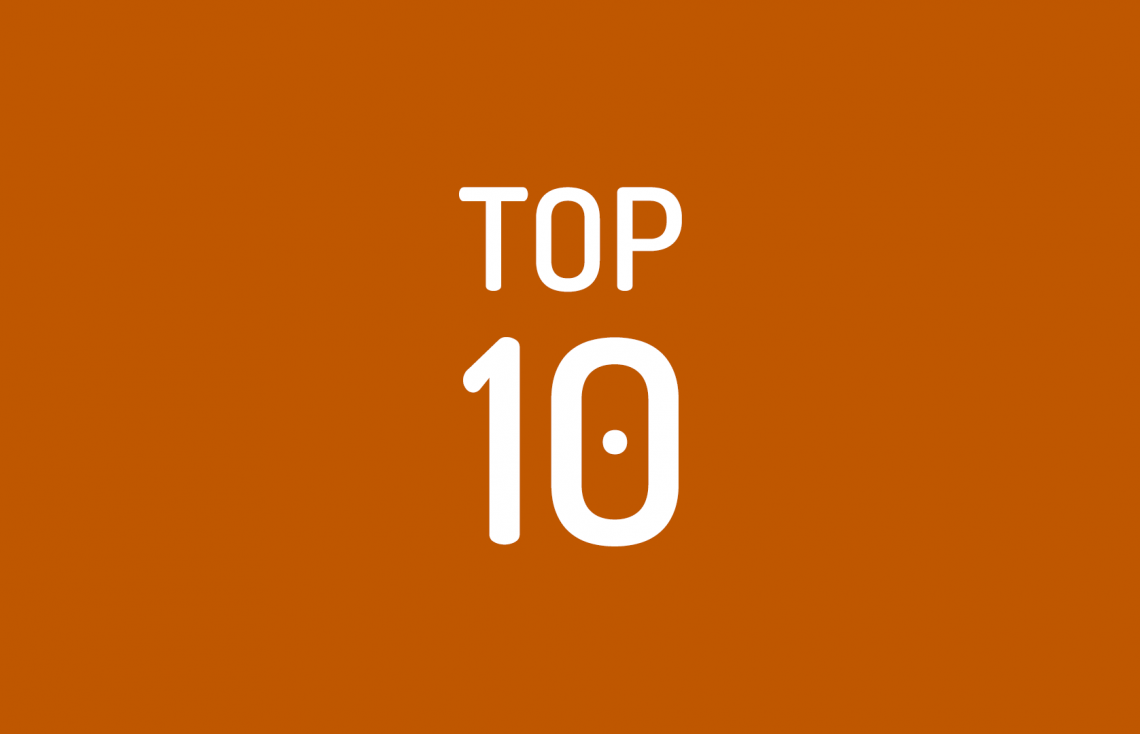I spent half my career working in hospitality and entertainment. While you were off on holiday, I was working to make sure that holiday was as awesome as possible. Even when I worked in L&D with Disney, I would emerge from underground (quite literally in the case of The Magic Kingdom Park) and support operations any way I could during peak periods. As a result, holidays aren’t super meaningful to me nowadays – except for …
- Christmas (I like the music)
- Halloween (I enjoy creative costumes)
- Mary Meeker Day (What?)
Mary Meeker leads digital investment at Kleiner Perkins. She is most well-known for her annual technology trends report – a massive, information-rich slide deck that comes out at this time every year. Here’s Mary delivering the 2018 report at the Code conference.
And here’s the thickest slide deck you’ll see this year (I hope).
There’s something for everyone in Mary’s report – regardless of industry or role. Today, every company is a technology company, and changes in online behavior are of critical importance for strategic planning. L&D professionals should review the report for two big reasons.
- To understand how consumer technology is evolving and impacting the world
- To connect this evolution to the work we do everyday supporting employees in technology-enabled workplaces
Keep in mind that the findings in the report are not necessarily a direct match to the workplace. Consumer behavior and employee behavior are not the same thing. This is one of the reasons why Yammer has failed to have the impact on work that Facebook has had on everyday life. Rather, we can use the report to better understand people’s expectations and established behaviors. This understanding can then be applied to the design of contextual workplace learning and support systems.
Here are my L&D INSIGHTS from the 2018 Internet Trends report.
Two Sides of Personalization
The subtitle to this report should be “The Rise of Personalization.” Starting on slide 27, the report focuses on product improvements based on personalized experiences. Examples include everything from Facebook’s newsfeed and Spotify playlists to Netflix recommendations and Waze navigation. It then discusses the tradeoff – better low-priced services for user data – and the fallout we’re seeing when that trade becomes imbalanced.
INSIGHT: Personalized digital experiences are the norm. Anything that falls below this bar can result in user frustration and alternative decisions. This is why I expect personalized and adaptive learning to be THE TOPIC of conversation for the next 12 to 18 months. While user data is essential for introducing personalization, transparency must be built-in to help people understand how they are being guided towards recommended content and actions.
Expectations of Simplicity
Slide 17 highlights the digital simplicity that has been applied to once complicated tasks. Remember when you had to go to a physical place to send someone money electronically? Today, I can give people money through an almost insane number of apps. The report goes on to highlight the growth of mobile video, chat, digital currencies and online streaming.
INSIGHT: Reducing friction in the user experience is another pervasive norm with which we must contend in the design of workplace tools and processes. There is no single tool that can do everything an employee needs. Therefore, tools should be selected based on what they specifically do well and the value they bring to the employee. The overall experience must then be integrated and simplified to aid the employee in execution.
Evolving Discovery Behaviors
We no longer have to go to a specific place to find the product we need. Rather, the product can surface through the applications we already use thanks to data integration. Starting on slide 66, the report delves into the growth of personalized discovery via social media. At the same time, it is becoming more challenging to establish the reach necessary to achieve the desired ROI for digital advertising.
INSIGHT: Making knowledge discoverable is a major problem in the workplace. Searchability is improving with modern tools. But, if you don’t know it exists, you can’t search for it. The integration of more workplace data – beyond just content consumption recommendations – can improve performance support and help employees find meaningful information at the right time.
The Shift from Buying to Subscribing
How many movies do you actually buy outright nowadays? Would you rather spend $20 to watch a movie once or twice, or pay $12 to Netflix every month and get access to an extensive catalog of potential entertainment? Data, price and access are driving the growth of subscription services for everything from video and music to clothing and fitness.
INSIGHT: This shift could be easily misinterpreted within L&D to mean that a big, on-demand subscription content catalog is the way to go. However, where as options and selection are highly beneficial to consumers, they can quickly get in the way of an employee who needs just the right content to solve their specific problem. Rather than more and more options, we should look to provide just what people need, when they need it via tactics such as microlearning and adaptive learning.
The Integration of Support
Slide 56 points to the continued integration of customer support within digital experiences. Bank apps. eCommerce shops. Travel sites. They now provide quick access to digital help tools or a real person who can track your behavior and make informed recommendations.
INSIGHT: It should be easier to get help at work than it is on the internet from a random vendor. It’s not … not even close. We need to fix that. You already have the expertise in-house. Rather than focus on middle-manning content, L&D should build the channels to connect those who know with those who need. This can be as simple as publishing a SME list or as dynamic as a crowdsourced online support community. Performance support should be the foundation of workplace learning.
Changing Job Expectations
The gig economy pops up at slide 161. The way we do work is changing. As a result, employees can express greater preference for flexible schedules, remote work and life balance. Technology is making on-demand work a reality in a growing number of industries. As Dara Khosrowshahi from Uber commented at Code 2018, the future of work is about the work itself, not about the company.
INSIGHT: L&D must be ready to support an influx of temporary and transient workers. Rather than take every new employee from 0 to 100 in their roles, our job will become focused on helping people execute their existing skills within our organization. We must also be ready to quickly capture their knowledge before they exit their temporary roles, something we already don’t do well with more permanent employees. And, this will inevitably impact us as well when we see a rise in on-demand, freelance roles for L&D too.
The Criticality of Continuous Learning
70% of YouTube viewers use the platform to solve work, school and hobby problems (slide 234). This shouldn’t shock anybody in L&D. The more interesting numbers are on slide 236, which highlights the difference in skill development between freelancers, who are forced to evolve to make a living, and non-freelancers, who can afford to get comfortable … for the moment. It’s now easier than ever to learn something new thanks to online content. But is the same true at work?
INSIGHT: No. Employees are falling behind, and we aren’t doing enough to help them. How much time and effort do you dedicate to upskilling employees for the next role? Or is most of your time spent checking boxes that don’t matter in the long-term? Some employees will take their development into their own hands and put in time after hours, but this shouldn’t be the expectation for everyone. L&D must influence our stakeholders and embed continuous learning as part of everyone’s job.
And of course AI …
Google machine learning has hit the threshold for human accuracy in word identification (slide 25). The number of available Echo skills is exploding just like iOS apps did ten years ago (slide 26). Scalable data processing and analysis is easier and cheaper than ever before thanks to advancements in AI (slide 198). According to Sundar Pichai from Google, AI is “more profound than electricity or fire …”
INSIGHT: L&D tends to lag behind technology advancement. This is already true for AI. Right now, the conversation is focused on narrow, current state use cases like LMS content recommendations and chat bots. These applications shoot way too low. We need to talk about the ways AI will fundamentally change how work is done. This will completely redefine the concept of workplace learning. Plus, AI isn’t a futuristic concept. It’s in play right now! Organizations are already applying machine learning to workplace data to find gaps and redirect their strategic focus in real time.
This post summarizes just a few of my observations from the MASSIVE amount of information presented in the 2018 report. I urge you to review the full report yourself and explore additional perspectives, such as these posts from Jaime Good and Donald Clark. If you’re writing your own assessment, please share the link below so I can reference it here.
If you want some additional insight into the L&D landscape, check out my completely unscientific L&D Hype Cycle, which I regularly update based on my ongoing industry discovery.
Did you review the full report? What do you think of my observations? What are your big takeaways – for L&D or otherwise?



